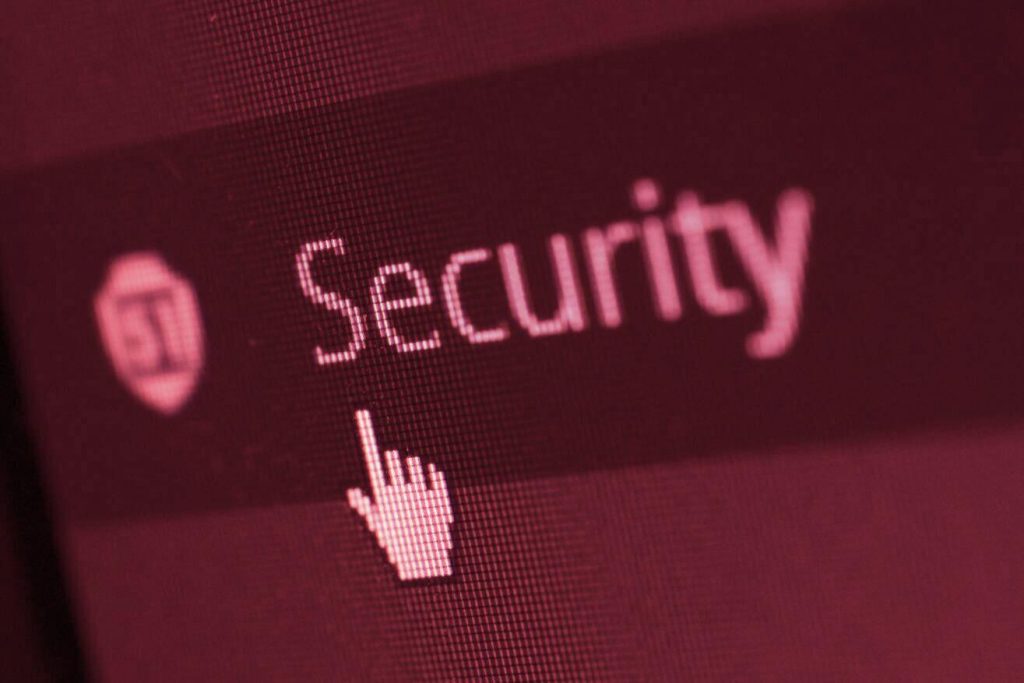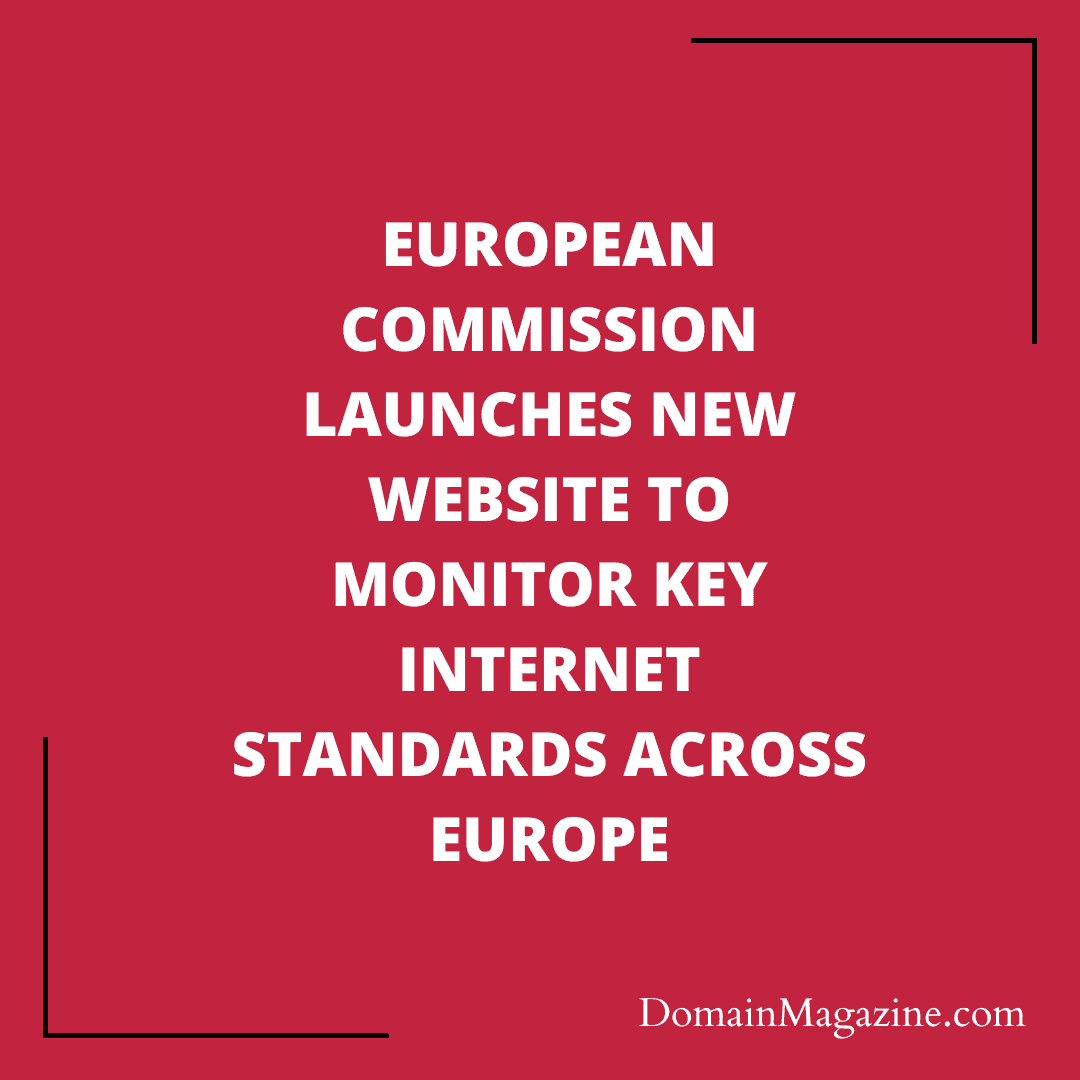The European Commission has launched a new website that will monitor the implementation of five key internet standards across Europe. The new website will check whether different countries and across Europe, key check marks necessary for a safe and secure internet have been ticked or not. You can check the website here.
The five important key standards are:
- Web Communication standards
- Mutually Agreed Norms for Routing Security (MANRS)
- Email Communications security standards
- Domain Name System Security Extensions standards (DNSSEC)
- Internet Protocol (IP) version
These are the five standards that will be monitored across different regions. The prescribed Web Communication standards are HTTPS, HTTP/3 and HSTS. For Email Communications security allowed standards are STARTTLS, SPF, DKIM, DMARC and DANE. While IPv6 is the only acceptable version.

Early in November, The European Parliament approved the legislation bringing tighter cybersecurity norms to strengthen the European internet infrastructure. The law was passed by an astounding majority of 577 votes to 6, with 31 abstentions. The legislators stressed on forming clear and direct norms that can be adopted by the entities.
The move comes after the looming threat of cyber warfare over Europe. European oil and transport companies were attacked which many believed to be the Russian offence on the internet infrastructure. Post this, Europe acknowledged the impact of a weak digital infrastructure. Allowing companies to join such a vulnerable system was not only detrimental to the economy but also to regional security.
The rules are thus a result of the rigorous brainstorming that went ahead after these concerns were raised. A Member of the European Parliament claimed the new regulations to be ‘the best cyber security legislation this continent has yet seen’. The new guidelines are an improvement on the pre-existing NIS guidelines. Hence, these regulations are also referred to as NIS2 guidelines.

The legislation will provide a defending stand to the “Essential Sectors” such as, energy, transport, banking, health, digital infrastructure, public administration and space sector. The economy stands on the pillars of these essential sectors. The new regulation would also include other important sectors such as postal services, waste management, chemicals, food, manufacturing of medical devices, electronics, machinery, motor vehicles and digital providers.


Join the Discussion